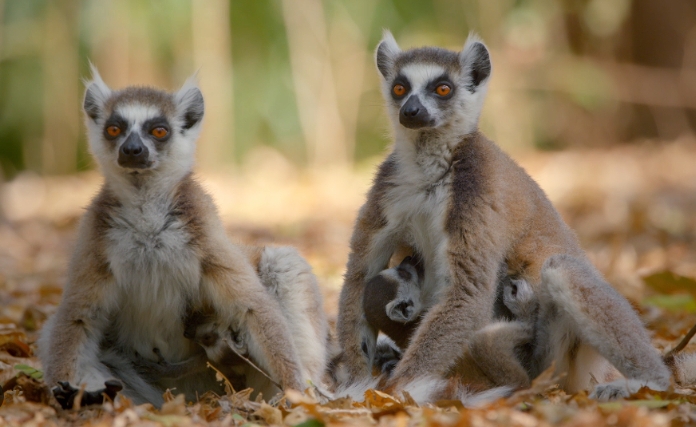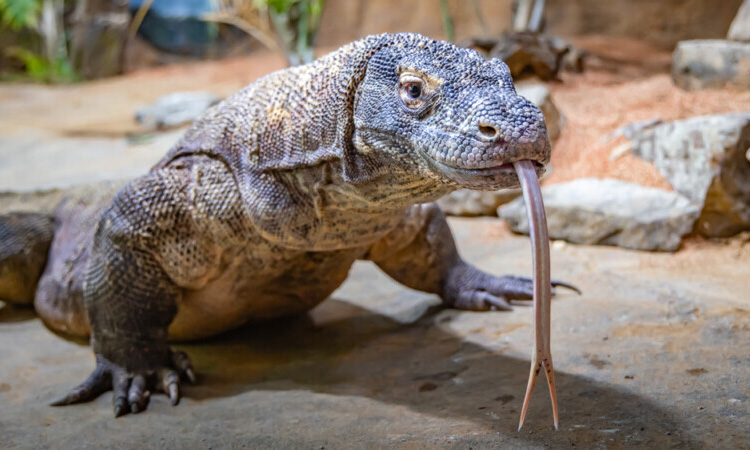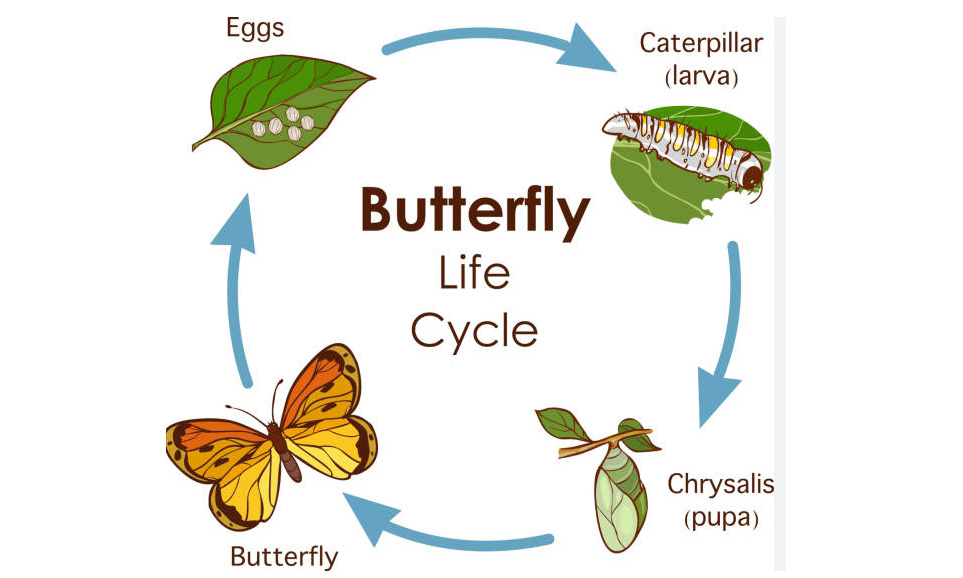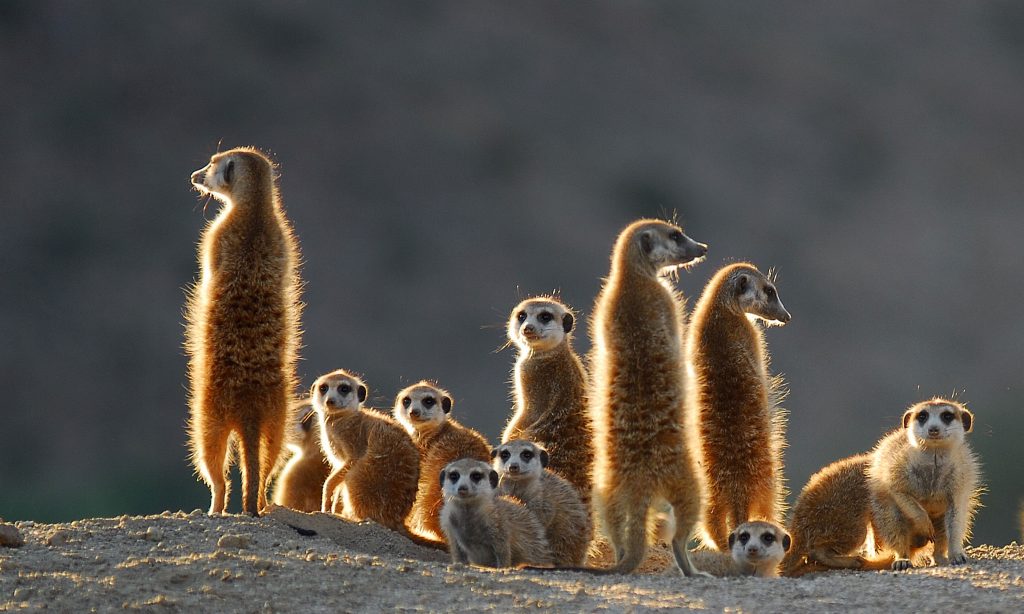The PBS Lemur, also known as the Prolemur simus, is a unique and fascinating species found only in the rainforests of Madagascar.
Distinctive Appearance
The PBS Lemur is easily recognized by its striking red fur, which contrasts with its black face and hands. The males have long bushy tails, while the females have shorter, more slender tails.
Adaptable Diet
PBS Lemurs are omnivores, feeding on a variety of fruits, leaves, insects, and small mammals. They are known to have a special affinity for figs, and their diet can vary depending on the season.
Social Behavior
PBS Lemurs are social animals, living in groups of up to 15 individuals. They are highly vocal, communicating through a series of calls, shrieks, and grunts. They use their sense of smell to mark their territory and communicate with other group members.
Unique Reproduction
PBS Lemurs have a unique breeding system known as polyandry, where one female mates with multiple males within the group. This allows for genetic diversity within the group and helps to ensure the survival of the species.
Conservation Status
The PBS Lemur is currently listed as critically endangered, with only a small population remaining in the wild. Habitat destruction, hunting, and the illegal pet trade are the primary threats to their survival.
Conservation Efforts
Several conservation organizations, including the PBS Lemur Conservation Society, are working to protect these endangered animals. Efforts include habitat restoration, captive breeding programs, and education initiatives to raise awareness about the importance of conservation.
By learning more about the PBS Lemur and its unique traits, we can better appreciate the biodiversity of our planet and work towards ensuring the survival of this amazing species for future generations to enjoy.




